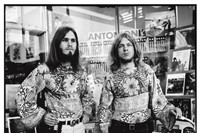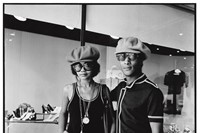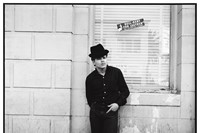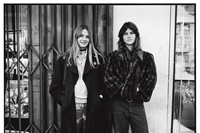Dennis Feldman explains the archetypal style of those he documented among The Avenue of the Stars, circa 1970
"We who came to Hollywood were looking to be somebody," states photographer Dennis Feldman. Between the years of 1969 and 1972, he spent his days walking up and down The Avenue of the Stars, the infamous Hollywood boulevard that honours the celebrities who made it into infamy, shooting images of those who hadn't yet achieved the American dream. And there were plenty who hung around, hoping that the success of those immortalised in the sidewalk would somehow seep through the concrete, that by virtue of spending enough time among the marble stars they too could become the next Marilyn, the next Elvis. "At that time, there were regulars," he explains. "They were attracted by the Hollywood myth and they stayed for the cheap housing on the back streets that surrounded the Walk of Fame. But the real Hollywood people lived in places that started with a B – Beverly Hills, Bel Air, Brentwood."
"Some played the new post war identities: beatniks, hippies, motorcycle gang members. Others the new behind-the-camera archetypes Hollywood itself had created: the movie star, the rock god, the film director, the cigar chomping producer, the casting couch starlet [...] I believed they took their models from the movies but the movies took them from American culture." As Feldman releases his new book Hollywood Boulevard 1969-72, we look at the greatest fashion moments from the archetypes he documented.
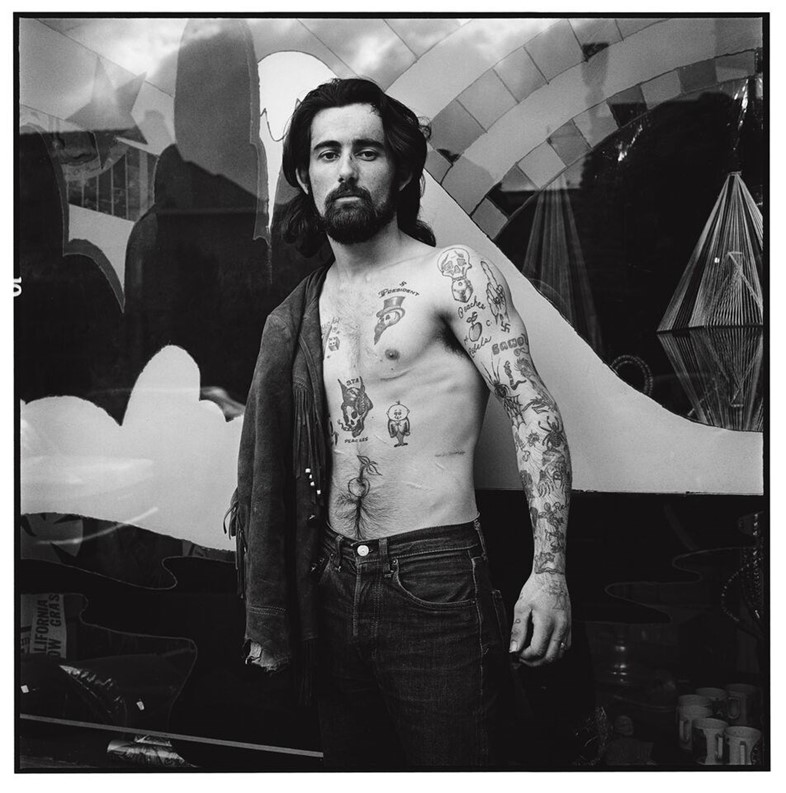
"The reason I asked to take his photo was the tattoos; all this scary stuff and there in the middle is this dopey cute Budweiser mascot. This hodge podge of symbols he'd chosen to identify himself with. I didn't notice all the knife scars until I made the print." Bared chest, tattoos and an abundance of scarring makes him the sort of Hunter S. Thompson biker that teenage dreams are made of; simultaneously terrifyingly attractive and slightly terrifying.

"I noticed pairs of people that dressed alike. They'd twinned themselves in this joint identity" explains Feldman on the recurrent theme of co-ordinating couples throughout his series. "I remember asking them to move deeper into the entrance of the shoe store so we were out of the crowd. They seemed quite happy to have their picture taken, took two strong poses and went on their stylish way and I never saw them again."
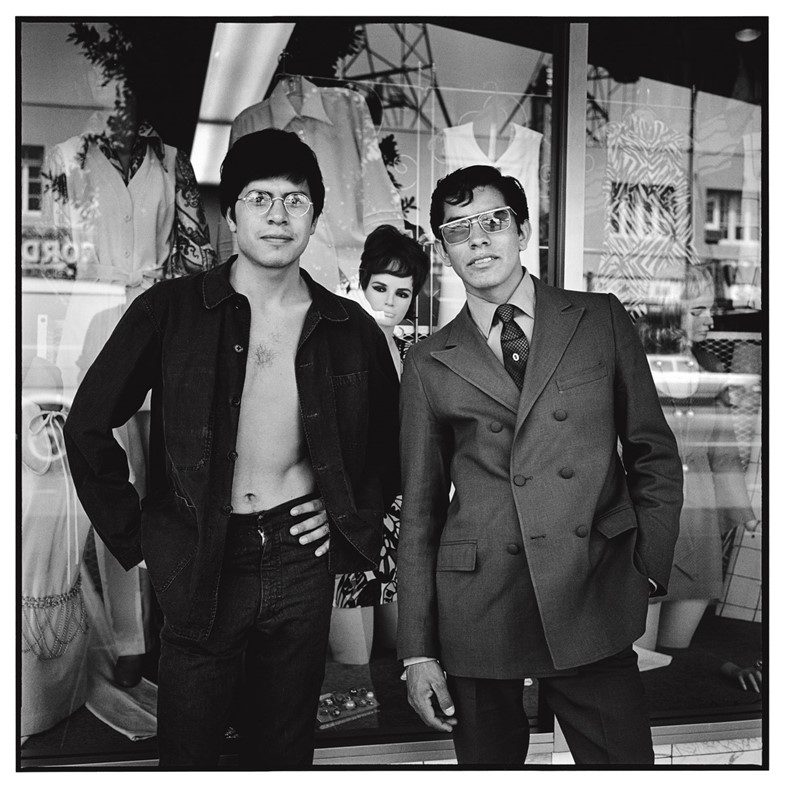
"These two are another example of twinning. Even in this 'dress for success' style, men were showing a lot of bare chests on the avenue and it was mostly pretty cold. The 60s released male sexuality as much as it freed women's." And the visual impact makes bearing the brunt of the chilly weather seem utterly worth it.
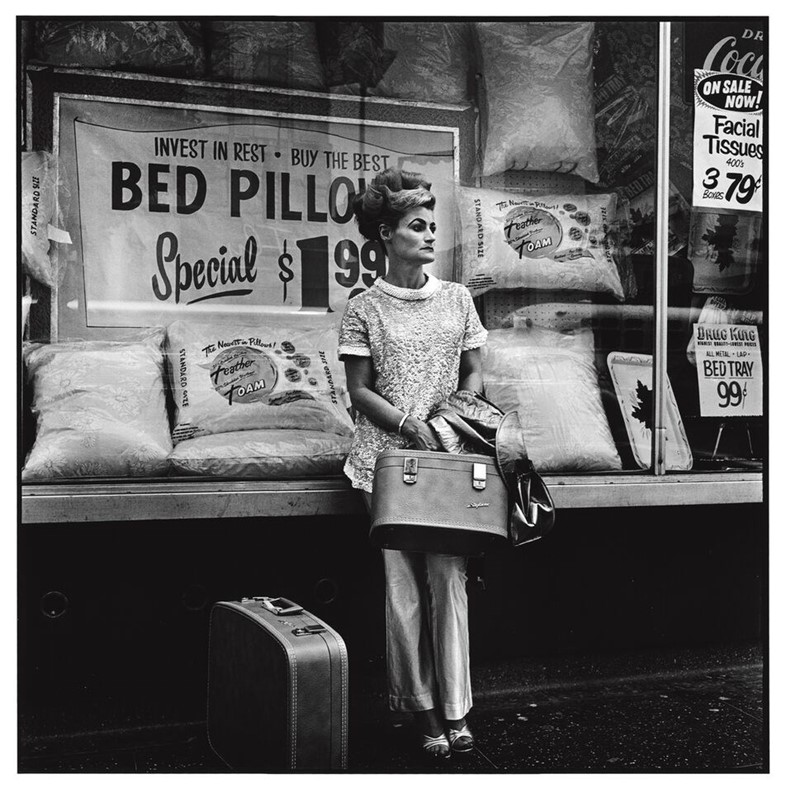
"I saw this woman and noticed the look on her face, and the suitcases. She looked worried and I didn't want to disturb her, but I wanted her picture so I turned and let my camera point toward her direction and without looking took her picture twice. She is the only person in the book who I didn't ask if I could take their photo. I've always seen her as all dressed up with nowhere to go. I hope I'm wrong."

